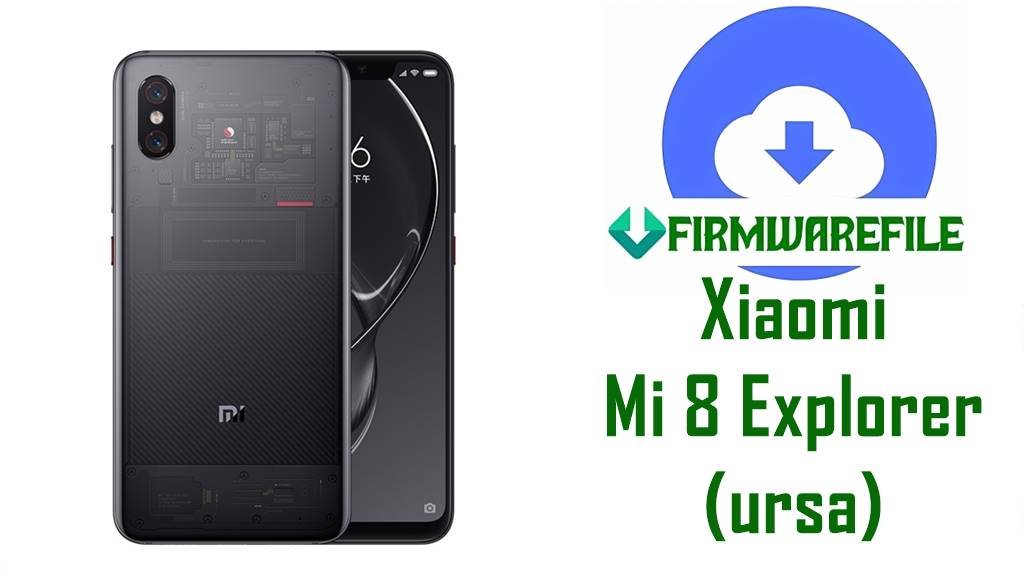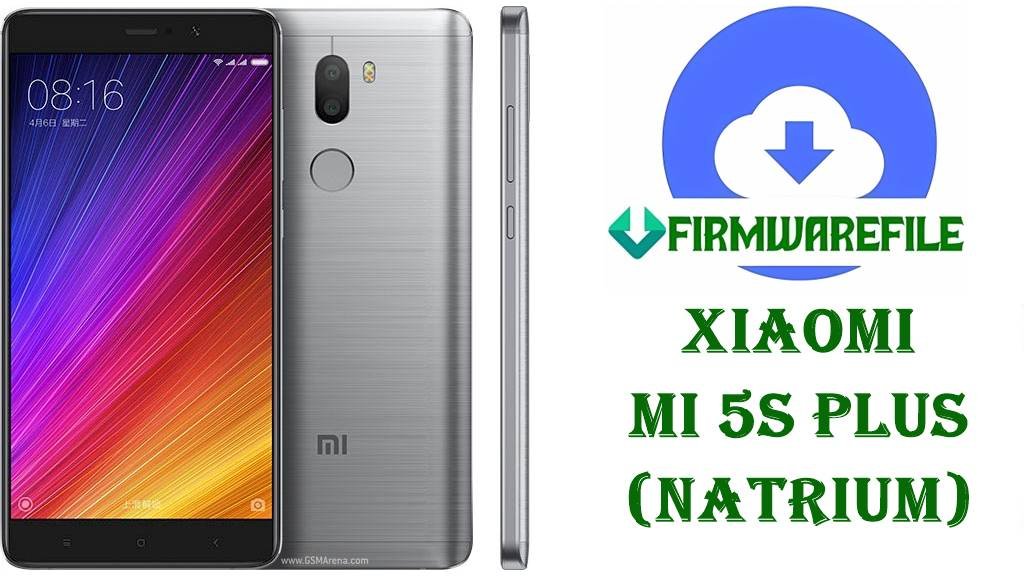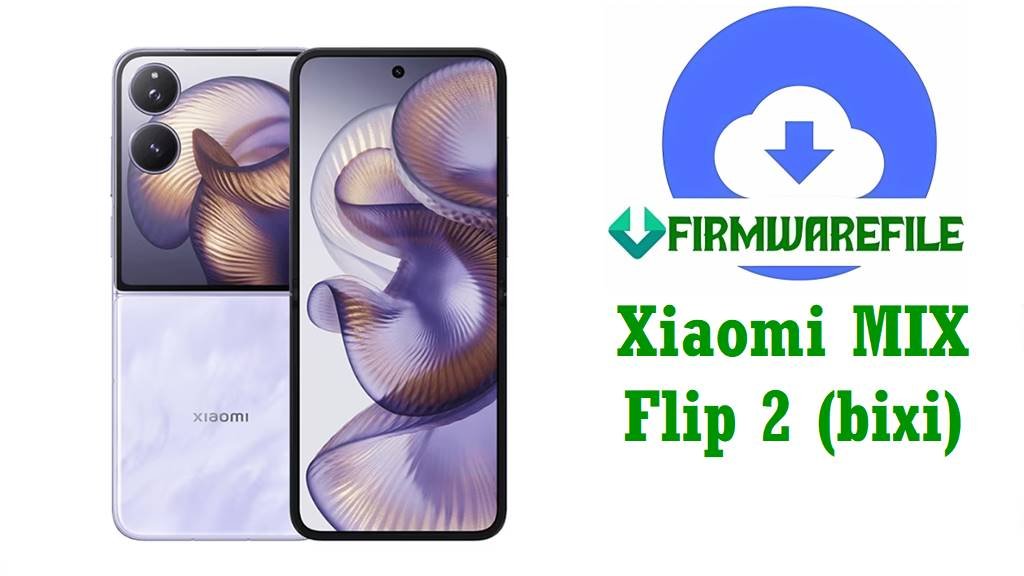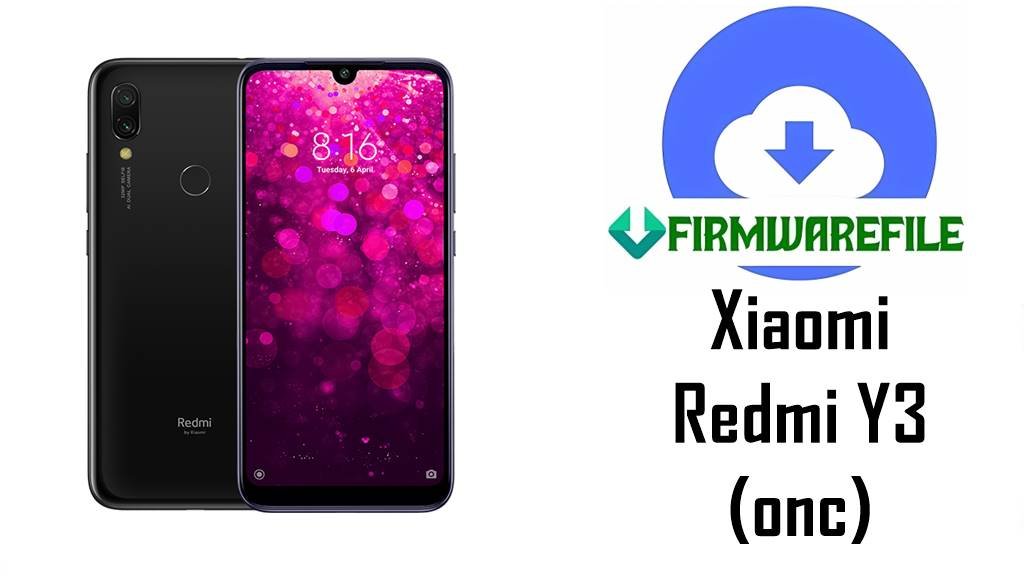Download Xiaomi Mi 8 Explorer Edition Firmware (ursa): Fix System Lag & Camera Issues
This guide provides the complete firmware collection for the Xiaomi Mi 8 Explorer Edition (ursa). If you’re experiencing system lag, camera issues, or a bricked device, our verified download links and detailed flashing instructions will help you restore your phone’s performance. The Mi 8 Explorer Edition, featuring a Snapdragon 845 chipset, an in-display fingerprint sensor, and a 6.21-inch AMOLED display, is a premium device, but software glitches can affect its functionality. Follow this guide to resolve these issues and optimize your device.
⚠️ Essential Pre-Flash Checklist
Flashing can lead to errors if not done correctly. Complete this checklist to ensure a smooth process. All data will be wiped, so a backup is critical.
- ✅ Full Data Backup: Save photos, contacts, and files to Mi Cloud, Google Drive, or a PC to prevent data loss.
- ✅ Charged Battery: Ensure your Mi 8 Explorer Edition has at least 60% battery to avoid interruptions during flashing.
- ✅ Windows PC: The Mi Flash Tool requires a Windows operating system.
- ✅ Original USB Cable: Use a high-quality USB cable for a stable connection to your PC.
- ✅ Unlocked Bootloader: Flashing requires an unlocked bootloader. Use the official Mi Unlock Tool (expect a 7-15 day waiting period).
- ✅ Required Software: Install the latest Mi Flash Tool and Xiaomi USB Drivers.
Understanding the Firmware: Types and Regions
Selecting the correct firmware is crucial to avoid bricking your Mi 8 Explorer Edition. Here’s a breakdown of the available options:
- Fastboot ROM (.tgz): A full factory image for Mi Flash Tool, ideal for unbricking or reverting to stock MIUI.
- Recovery ROM (.zip): Used with custom recoveries like TWRP for installing custom ROMs like Xiaomi.eu.
- Region Codes:
- CNXM: China version, optimized for local networks but may lack Google Play services.
- EUXM: Xiaomi.eu version, a debloated MIUI ROM with Google services and multi-language support.
Official Firmware Downloads for Mi 8 Explorer Edition (ursa)
These firmware files are sourced from Xiaomi’s official servers or trusted repositories for reliability and security. Choose the latest version for your region to ensure optimal performance.
| Region | MIUI Version | Android | Release Date | Download Link |
|---|---|---|---|---|
| China (CNXM) | V12.5.3.0.QEHCNXM | 10.0 | 2021-10-28 | Fastboot ROM |
| EU (EUXM) | V12.5.3.0.QEHCNXM | 10.0 | Unknown | Recovery ROM |
TWRP Recovery for Mi 8 Explorer Edition
To flash custom ROMs or perform advanced tasks, install the TWRP custom recovery specific to the Mi 8 Explorer Edition.
- TWRP Recovery: TWRP-3.3.1-1002-XIAOMI8EE-CN-wzsx150 – Use this to flash the Xiaomi.eu ROM or other custom ROMs.
How to Install TWRP:
- Download the TWRP .zip file, extract it, and locate the
recovery.imgfile. - Boot your Mi 8 Explorer Edition into Fastboot mode (Volume Down + Power).
- Connect to your PC and open a command prompt.
- Flash TWRP by running:
fastboot flash recovery recovery.img. - Boot into recovery:
fastboot boot recovery.img.
Recommended Custom ROMs
For users seeking a bloat-free experience or newer Android versions, the Xiaomi.eu ROM is an excellent choice for the Mi 8 Explorer Edition, leveraging its powerful Snapdragon 845.
- Xiaomi.eu ROM: V12.5.3.0.QEHCNXM Based on Android 10 – Offers a lightweight, optimized MIUI experience with Google services.
How to Flash: Step-by-Step Instructions
Choose the flashing method based on your firmware type: Fastboot for official .tgz files or Recovery for custom .zip files.
Method 1: The Fastboot Method (Official Stock ROMs)
- Unzip the Firmware: Extract the .tgz file using 7-Zip to obtain a folder with an “images” subfolder and flash scripts.
- Launch Mi Flash Tool: Open the Mi Flash Tool with administrator privileges on your Windows PC.
- Enter Fastboot Mode: Power off your Mi 8 Explorer Edition, then press and hold Volume Down + Power until the Fastboot logo appears.
- Connect to PC: Plug your phone into your PC using the USB cable.
- Load Firmware: In Mi Flash Tool, click “select” and choose the extracted firmware folder. Click “refresh” to detect your device.
- Choose Flash Option: Select “clean all” for a complete reset (recommended for stability). Avoid “clean all and lock” unless you’re certain of the ROM’s region compatibility.
- Start Flashing: Click “flash” and wait 5-10 minutes. Do not disconnect the phone.
Troubleshooting Tip: If Mi Flash Tool fails to detect your Mi 8 Explorer Edition, try reinstalling the Xiaomi USB Drivers or switching to a USB 2.0 port for better connectivity.
Method 2: The Recovery Method (Custom ROMs)
- Install TWRP: Ensure TWRP is installed using the provided TWRP image.
- Transfer ROM: Copy the .zip ROM file (e.g., Xiaomi.eu) to your phone’s internal storage or an SD card.
- Boot into Recovery: Power off your phone, then press Volume Up + Power until the TWRP logo appears.
- Wipe Data: In TWRP, go to “Wipe” > “Advanced Wipe” and select Dalvik/ART Cache, Cache, and Data. Swipe to confirm.
- Install ROM: Return to the main menu, tap “Install,” select the .zip file, and swipe to flash.
- Reboot: Reboot to system after installation completes.
After the Flash: First Boot and Setup
The first boot after flashing may take 10-15 minutes as the system initializes. Don’t interrupt if it seems stuck on the Mi logo. Once booted, follow the setup wizard and restore your data from your backup.
Device-Specific Q&A for the Mi 8 Explorer Edition
- Q1: Why does my Mi 8 Explorer Edition experience system lag? A: System lag can occur due to bloatware or outdated firmware on the Snapdragon 845. Flashing the latest China ROM (V12.5.3.0) or the Xiaomi.eu ROM can improve performance.
- Q2: How can I fix camera issues on my Mi 8 Explorer Edition? A: Camera issues, such as focus problems or crashes, may stem from software bugs. Flashing a clean stock ROM or the Xiaomi.eu ROM can stabilize camera performance.
- Q3: Will the Mi 8 Explorer Edition receive Android 11 or newer? A: The Mi 8 Explorer Edition is officially capped at Android 10 with MIUI 12.5. To experience Android 11 or later, you’ll need a custom ROM like LineageOS (if supported for ursa).






